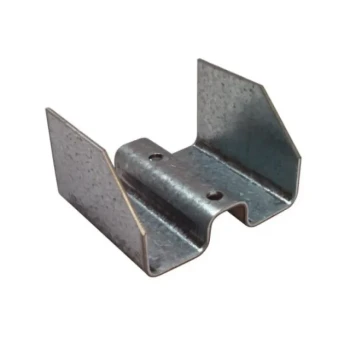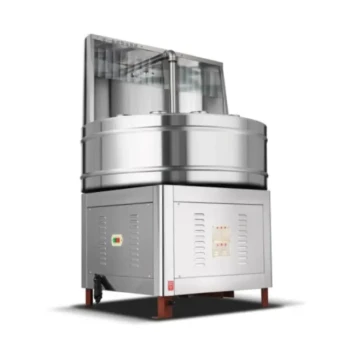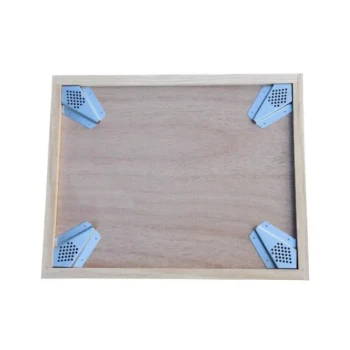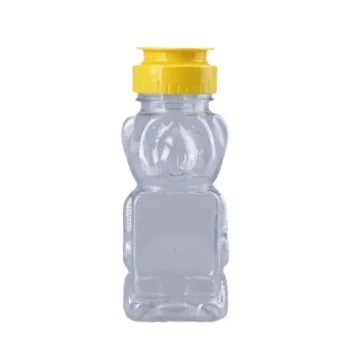Beyond just honey and wax, honey bees create a remarkable substance called propolis. They use this resinous mixture as a structural sealant to seal cracks, a defensive material to narrow the hive entrance, and a powerful antimicrobial agent to sterilize the hive and protect it from disease.
Propolis is best understood not merely as a glue, but as the honey bee colony's external immune system. It serves a critical dual function as both a physical barrier against intruders and a chemical shield against pathogens.
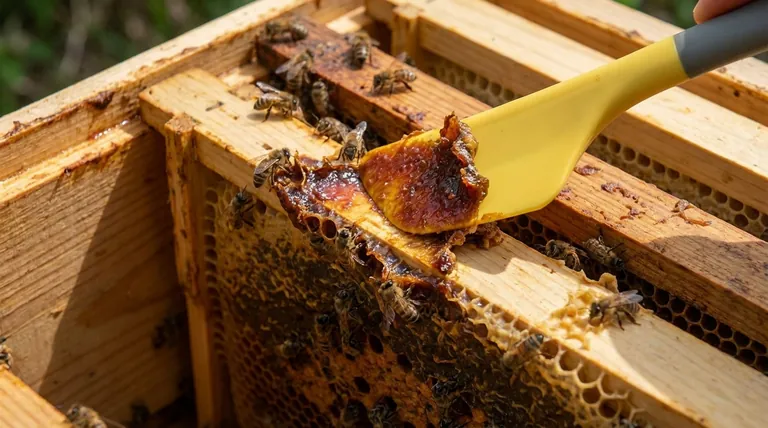
Propolis as a Structural and Defensive Tool
Bees are master engineers, and propolis is one of their most versatile building materials. It is collected from plant resins and mixed with their own enzymes and beeswax to create a sticky, powerful compound.
Sealing Cracks and Gaps
Bees use propolis to seal any unwanted cracks or gaps in the hive. This weather-proofing action protects the colony from drafts and rain, helping them maintain the stable internal temperature and humidity crucial for survival.
Fortifying the Entrance
The hive entrance is a point of vulnerability. Bees will often use propolis to narrow the entrance, making it smaller and easier to defend against robbers from other colonies or larger predators.
A Powerful Structural Adhesive
Propolis is an incredibly effective glue. Bees use it to cement frames and hive boxes together, adding structural integrity to their home. This adhesive is so strong that beekeepers must use a special hive tool to pry components apart during inspections.
The Hive's Antimicrobial Shield
The most critical function of propolis is medicinal. The warm, humid, and crowded conditions of a beehive are a perfect breeding ground for bacteria and fungi, but propolis keeps these threats in check.
Sterilizing the Colony
Propolis has powerful antimicrobial and antifungal properties. Bees coat the interior walls of the hive with a thin layer of propolis, creating what is known as a "propolis envelope." This effectively sterilizes the living space.
Neutralizing Threats
If an intruder, such as a mouse or a large beetle, enters the hive and is killed, the bees may be unable to remove it. Instead, they will completely encase the corpse in propolis, mummifying it and preventing its decay from introducing diseases into the colony.
Understanding the Trade-offs
While essential for bees, propolis presents unique challenges and considerations, particularly for beekeepers. Understanding its dual nature is key.
The Beekeeper's "Glue Problem"
The same adhesive strength that benefits the hive's structure makes hive management more difficult. Heavy propolis use can make it very hard to remove frames for inspection, potentially damaging comb and agitating the colony.
Propolis vs. Beeswax: A Key Distinction
It is crucial not to confuse propolis with beeswax. Bees secrete beeswax from glands on their abdomen to build the hexagonal cells of their comb for honey storage and raising brood. Propolis, in contrast, is a collected plant resin used as a sealant and disinfectant.
Production Depends on Environment
The availability and quality of propolis depend entirely on the local flora. Hives near plants rich in resins, such as those with needle-shaped leaves, will often have an easier time producing this vital substance.
How This Applies to Beekeeping
Your approach to propolis will depend on your specific goals for your apiary.
- If your primary focus is maximum hive health: Recognize that a strong propolis envelope is a sign of a healthy colony with a robust collective immune system.
- If your primary focus is ease of inspection: Be prepared for strong propolis production with a sturdy hive tool, and understand that managing this "bee glue" is part of maintaining a healthy hive.
- If your primary focus is encouraging its production: Consider hive placement near resinous trees and ensure the hive has good ventilation, which can stimulate bees to seal gaps.
Ultimately, propolis is a clear indicator of a honey bee colony's sophisticated strategy for health, defense, and survival.
Summary Table:
| Function | How Bees Use Propolis | Key Benefit |
|---|---|---|
| Structural Sealant | Seals cracks and gaps in the hive | Weatherproofing and temperature control |
| Defensive Barrier | Narrows the hive entrance | Deters predators and robber bees |
| Antimicrobial Shield | Coats interior walls (propolis envelope) | Sterilizes the hive and prevents disease |
| Adhesive & Mummifier | Glues hive parts and encases large intruders | Adds structural integrity and neutralizes decay |
Equip your apiary for success with HONESTBEE.
Managing a propolis-rich hive requires the right tools and equipment. At HONESTBEE, we supply commercial apiaries and beekeeping equipment distributors with durable, wholesale-focused supplies—from essential hive tools to handle heavy propolis to complete hive setups that support colony health.
Let us help you support your bees' natural defenses. Contact our team today to discuss your wholesale needs.
Visual Guide
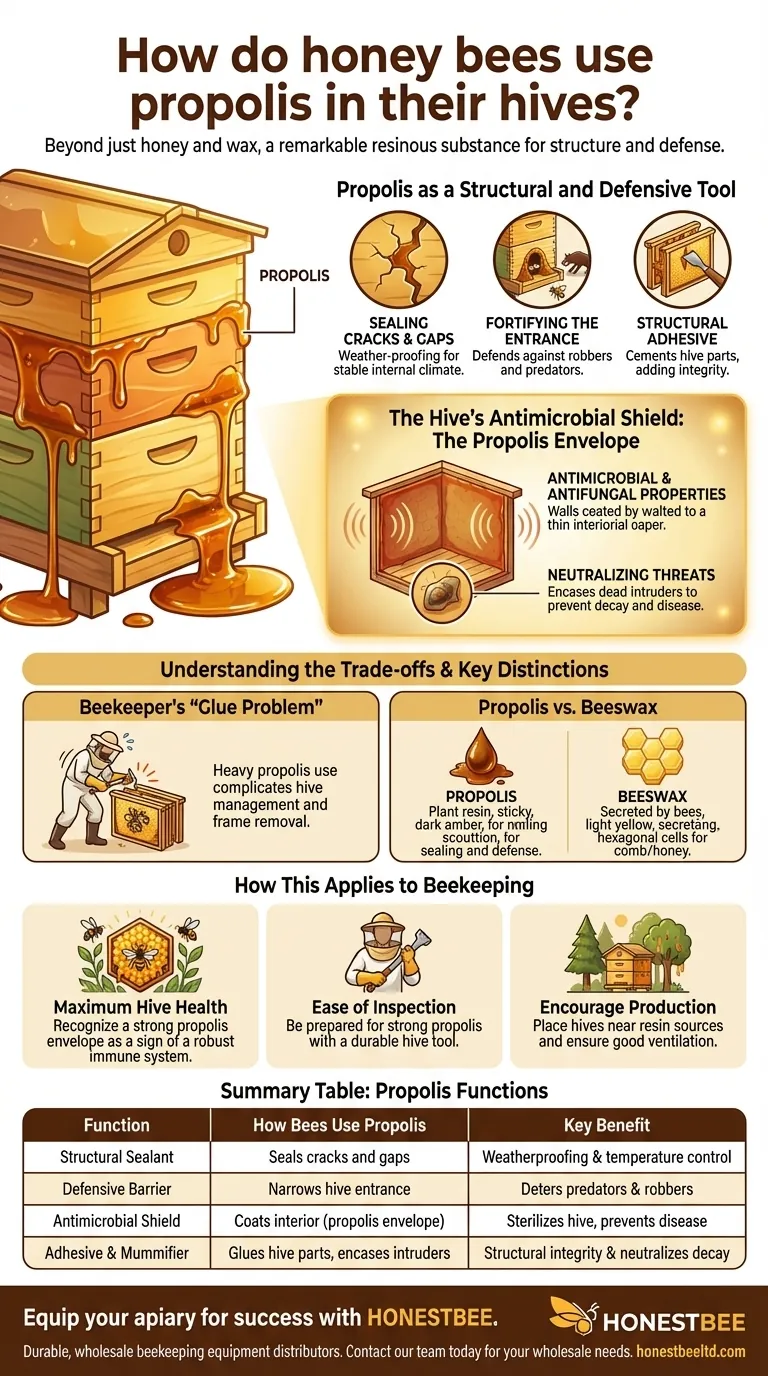
Related Products
- Professional Long-Handled Silicone Honey Scraper for Beekeeping
- Honey Wax Separating Wax Press with Metal Screw Wax Separator Machine
- Stainless Steel Honey Press Wax Press with Tank
- Stainless Steel Pail Perch Bucket Bench
- Stainless Steel Manual Honey Press with Guard for Pressing Honey and Wax
People Also Ask
- What is honey uncapping? The Essential First Step to Harvest Your Honey
- What are the basic components of beekeeping equipment? Build a Thriving Hive from the Start
- How can a capping scratcher be used with an electric knife? Boost Efficiency and Honey Yield
- What tools are available for uncapping honey? A Guide to Choosing the Right Tool for Your Operation
- Why is uncapping necessary in honey harvesting? Unlock Your Honey Yield & Preserve Comb








